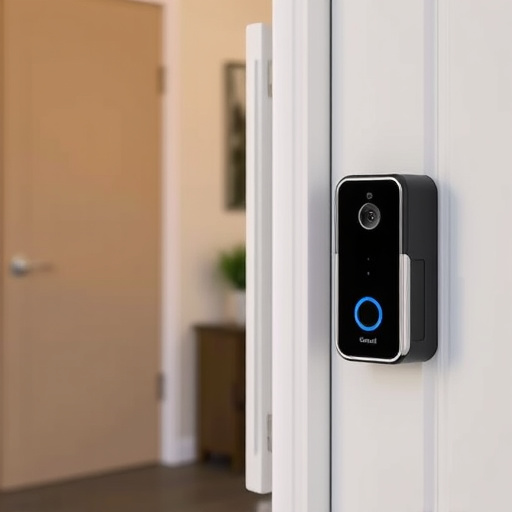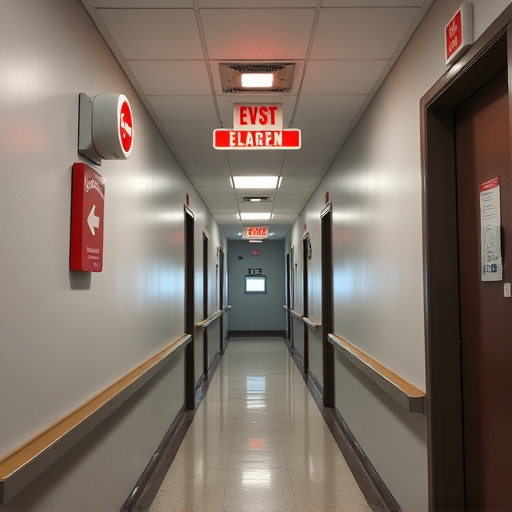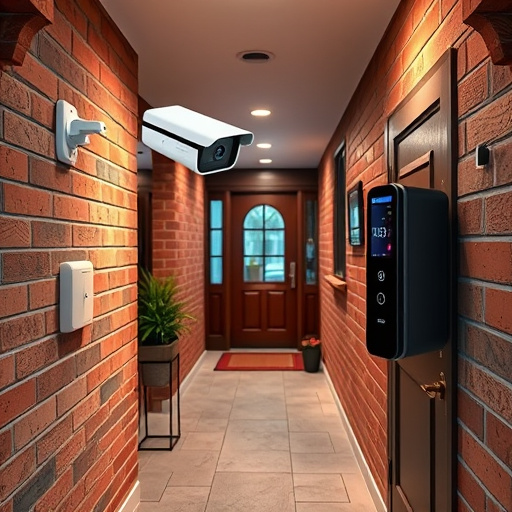Choosing the right self-defense products involves understanding your needs and assessing risk. Identify potential hazards in various environments (home, work, public) and select gear tailored to each: non-lethal options for home, personal alarms at work, robust tools in public. Consider daily routines and specific threats to determine the best self-defense gear—effective yet proportional, easy to use, reliable, comfortable, empowering.
Choosing the right self-defense tools is crucial for enhancing your everyday security. In today’s world, understanding your unique needs involves assessing risks at home, work, and public spaces, considering daily routines, and knowing local laws. This comprehensive guide explores various options, from handheld weapons like pepper spray and tasers to non-lethal physical defenses, clothing with hidden capabilities, and more. We break down key factors: effectiveness, ease of use, durability, user reviews, and pricing, helping you select the best self-defense gear for your personal protection needs.
- Understanding Your Needs: Assessing Risk and Environment
- – Evaluating personal security risks at home, work, and public spaces
- – Considering daily routines and potential threats
Understanding Your Needs: Assessing Risk and Environment

Understanding your needs is the first step in choosing the right self-defense tools for everyday security. Assessing risk and environment involves considering where and when you might need them. Are you concerned about personal safety while walking home at night? Or do you require protection during outdoor activities or in high-risk work environments? Identifying these scenarios helps determine the type of self-defense products needed, whether it’s pepper spray for quick deterrence or a stun gun for more severe situations.
The best self-defense gear should be effective yet proportional to the perceived threat. Personal protection products come in various forms, from non-lethal options like tasers and pepper spray to more conventional weapons like knives or batons. Selecting defense tools requires balancing factors such as ease of use, legal considerations, and personal comfort. For instance, a compact pepper spray might be easier to carry but may not offer the same level of protection as a stun gun with a longer range.
– Evaluating personal security risks at home, work, and public spaces

Before selecting any self-defense tools, it’s crucial to evaluate your personal security risks across various environments — at home, work, and public spaces. Start by identifying potential hazards in each setting. For instance, consider if your home is well-lit and secured with locks, or if you frequently walk alone in poorly lit areas after dark. At work, assess the general safety measures in place and any specific risks associated with your job role. Public spaces can pose unique challenges, from crowded events to remote locations. Understanding these risks will help guide your choice of self-defense products, ensuring you select the most effective self-defense equipment tailored to your needs.
Once you’ve analyzed these factors, consider the type of self-defense gear that aligns with each setting. For home protection, non-lethal options like pepper spray or noise makers might suffice. At work, a personal alarm or a tactical pen could provide immediate assistance in case of an unexpected threat. In public spaces, more robust tools such as stun guns or self-defense keychains may offer additional peace of mind. Keep in mind that the best self-defense gear is not one-size-fits-all; it should be chosen based on a combination of factors including ease of use, reliability, and your comfort level, ensuring you feel empowered and prepared to handle any potential security risks.
– Considering daily routines and potential threats

When considering self-defense tools for everyday use, it’s essential to start by evaluating your daily routines and potential threats. Reflect on where you spend the most time—whether it’s at work, in your neighborhood, or during your leisure activities. Understanding these environments can help identify areas where personal protection products might be particularly useful. For instance, a compact pepper spray could be a valuable addition when walking alone in unfamiliar areas or commuting during off-peak hours.
Additionally, think about the types of threats you may encounter. Are there concerns about physical altercations, or do you need tools to deter potential thieves? Effective self-defense equipment can range from non-lethal options like pepper spray and tasers to more traditional weapons such as stun guns and batons. Choosing self-defense products that align with your specific needs ensures you’re prepared for any unexpected situations that may arise during your daily activities, providing a sense of security and peace of mind.






